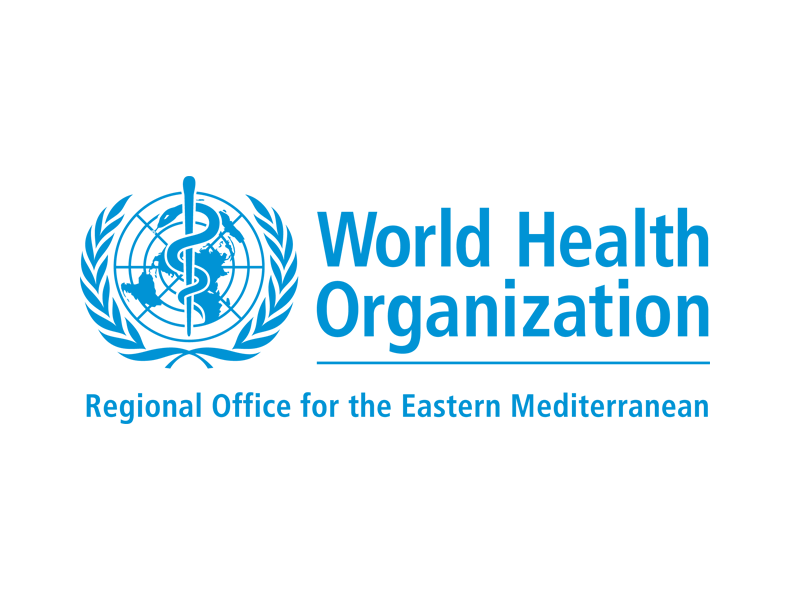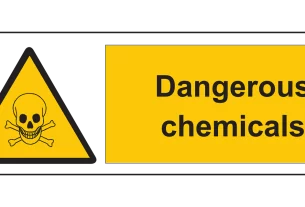Two notable Disease Outbreak News (DON) updates from the World Health Organization (WHO) highlight ongoing viral threats in the Middle East and the Indian Ocean region, underlining the need for enhanced surveillance and infection control efforts.
MERS-CoV Cluster in Saudi Arabia
Summary
Between 1 March and 21 April 2025, Saudi Arabia’s Ministry of Health reported nine confirmed cases of Middle East respiratory syndrome coronavirus (MERS-CoV), including two fatalities. A significant cluster of seven cases emerged in Riyadh, involving six healthcare workers infected while caring for a single patient. Four of the infected staff were asymptomatic, while two showed mild symptoms.
Implications
The cluster, identified via contact tracing and diagnostic testing, underscores the persistent risk posed by MERS-CoV in areas where the virus remains endemic in dromedary camels. Despite this cluster, the global and regional risk level remains moderate, per WHO.
Recommendations
WHO urges continued targeted infection prevention and control (IPC) measures, especially in healthcare settings, to prevent further health-care-associated transmission.
🔗 Read the full WHO DON report on MERS-CoV
Chikungunya Outbreak in La Réunion and Mayotte
Summary
Since August 2024, La Réunion has experienced widespread chikungunya transmission, with over 47,500 cases and 12 associated deaths reported as of 4 May 2025. This represents the most significant outbreak on the island in nearly two decades.
In Mayotte, locally transmitted cases have re-emerged for the first time since the 2005–2006 outbreak, raising alarms about potential broader spread across the Indian Ocean.
Public Health Response
Authorities have launched enhanced surveillance, intensified vector control, and targeted vaccination efforts to curb transmission. However, further spread is anticipated across the region, particularly given seasonal and ecological conditions favorable to mosquito-borne viruses.
Global Context
These outbreaks reflect broader global challenges with zoonotic and vector-borne diseases. MERS-CoV remains a sporadic but dangerous threat in parts of the Middle East, while chikungunya outbreaks continue to re-emerge in previously affected regions due to vector resilience and climate factors.
Sources & Further Information:
- WHO Disease Outbreak News: MERS-CoV in KSA & Chikungunya in Indian Ocean Islands
- Chikungunya – La Réunion and Mayotte
For public health practitioners and policymakers, early containment, community engagement, and cross-border coordination remain critical tools in managing and mitigating outbreaks of this scale.



